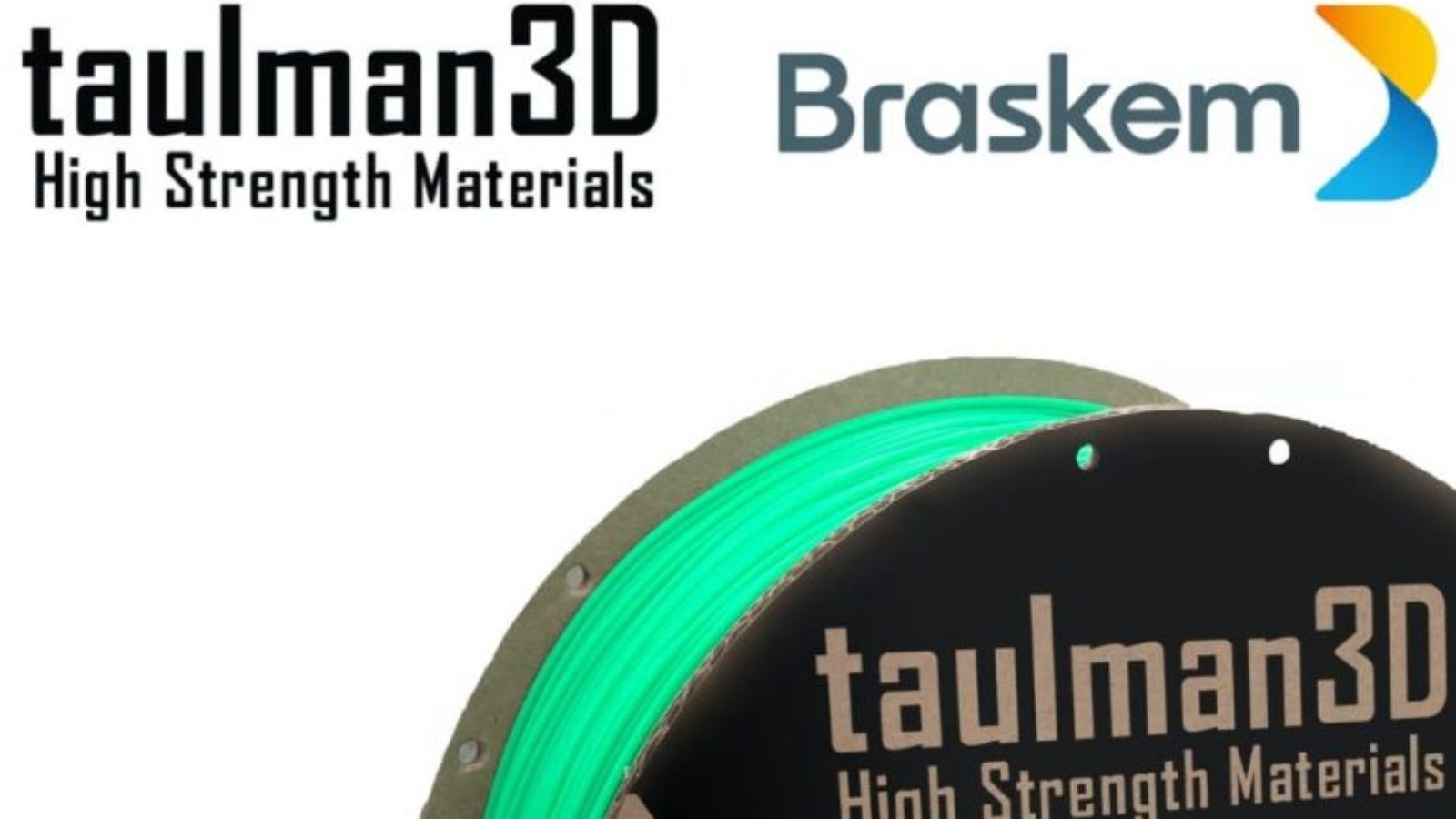Braskem, one of the largest polyolefins producers in the Americas, and a market leader and pioneer producer of biopolymers on an industrial scale, has acquired taulman3D, a leading 3D filament supplier of nylon, recycled PETG, and PET filaments to aerospace, automotive, healthcare, industrial, government, and higher education professionals worldwide. The acquisition complements Braskem’s existing portfolio of filaments (Polyethylene (PE), Polypropylene (PP), Carbon Fiber, Glass Fiber, and Recycled Polymers), pellets, and powders designed specifically for 3D printing applications.

“Braskem’s acquisition of taulman3D brings a high-quality 3D filament producer with a globally diversified client list and a highly complementary product portfolio. With projections for the 3D printing industry expected to grow from $15 billion today to $78 billion by 2030 – growing at an estimated 20% CAGR – we see enhanced opportunities to serve this rapidly growing demand. Today’s acquisition doubles Braskem’s market share in the additive manufacturing market and further accelerates our growth strategy,” said Jason Vagnozzi, Global Commercial Director of Additive Manufacturing at Braskem.
Manufacturing on Demand

taulman3D’s filament and polymer offering includes 12 different materials – from Carbon Fiber Alloy Nylon 3D Printer Filament to Enviro 100% Recycled PETG 3D Printer Filament.
As one of the world’s largest producers of polyolefins, Braskem offers multiple solutions across 3D printing filaments and technologies, including Fused Filament Fabrication (FFF), Selective Laser Sintering (SLS), and High-speed Pellet Extrusion. Braskem’s product development professionals collaborate across start-ups, universities, equipment manufacturers, converters, compounders, and brand owners, on leading-edge 3D printing solutions.
You might also like:
Meta acquires 3D printed smart lens startup Luxexcel: Luxexcel specializes in 3D printed ophthalmic and smart lenses, using a unique material jetting technology. The company has been developing this technology for nearly a decade and has achieved some significant results in terms of productivity, with as many as 50,000 ophthalmic lenses 3D printed by its customers as of 2020.
* This article is reprinted from 3D Printing Media Network. If you are involved in infringement, please contact us to delete it.
Author: Edward Wakefield


Leave A Comment